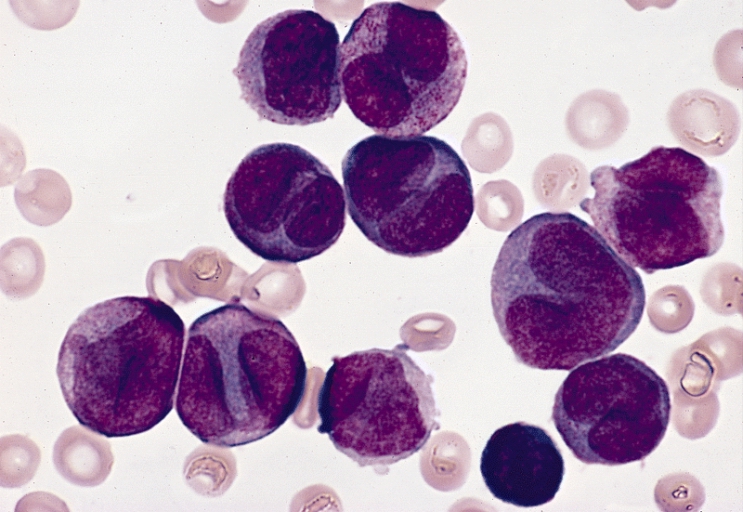Acute Promyelocytic Leukemia (APL) is a distinct subtype of AML accounting for about 8% of cases. Patients with APL tend to be younger on average than other AML patients and are more often Hispanic. At the time of diagnosis, patients virtually always present with some evidence of a coagulation disorder, with easy bruising, petechiae or overt bleeding. A unique chromosomal translocation, t(15;17), is found in virtually every case of APL. Because of its unique clinical characteristics and response to specific agents, APL is treated differently from all other forms of leukemia.
Only good, independent and reliable information about health from experts.
Wednesday, August 27, 2014
Acute Promyelocytic Leukemia
Author: Dr Frederick Appelbaum Fred Hutchinson Cancer Research Center Seattle 2008-07-28
Acute Promyelocytic Leukemia (APL) is a distinct subtype of AML accounting for about 8% of cases. Patients with APL tend to be younger on average than other AML patients and are more often Hispanic. At the time of diagnosis, patients virtually always present with some evidence of a coagulation disorder, with easy bruising, petechiae or overt bleeding. A unique chromosomal translocation, t(15;17), is found in virtually every case of APL. Because of its unique clinical characteristics and response to specific agents, APL is treated differently from all other forms of leukemia.
Acute Promyelocytic Leukemia (APL) is a distinct subtype of AML accounting for about 8% of cases. Patients with APL tend to be younger on average than other AML patients and are more often Hispanic. At the time of diagnosis, patients virtually always present with some evidence of a coagulation disorder, with easy bruising, petechiae or overt bleeding. A unique chromosomal translocation, t(15;17), is found in virtually every case of APL. Because of its unique clinical characteristics and response to specific agents, APL is treated differently from all other forms of leukemia.
